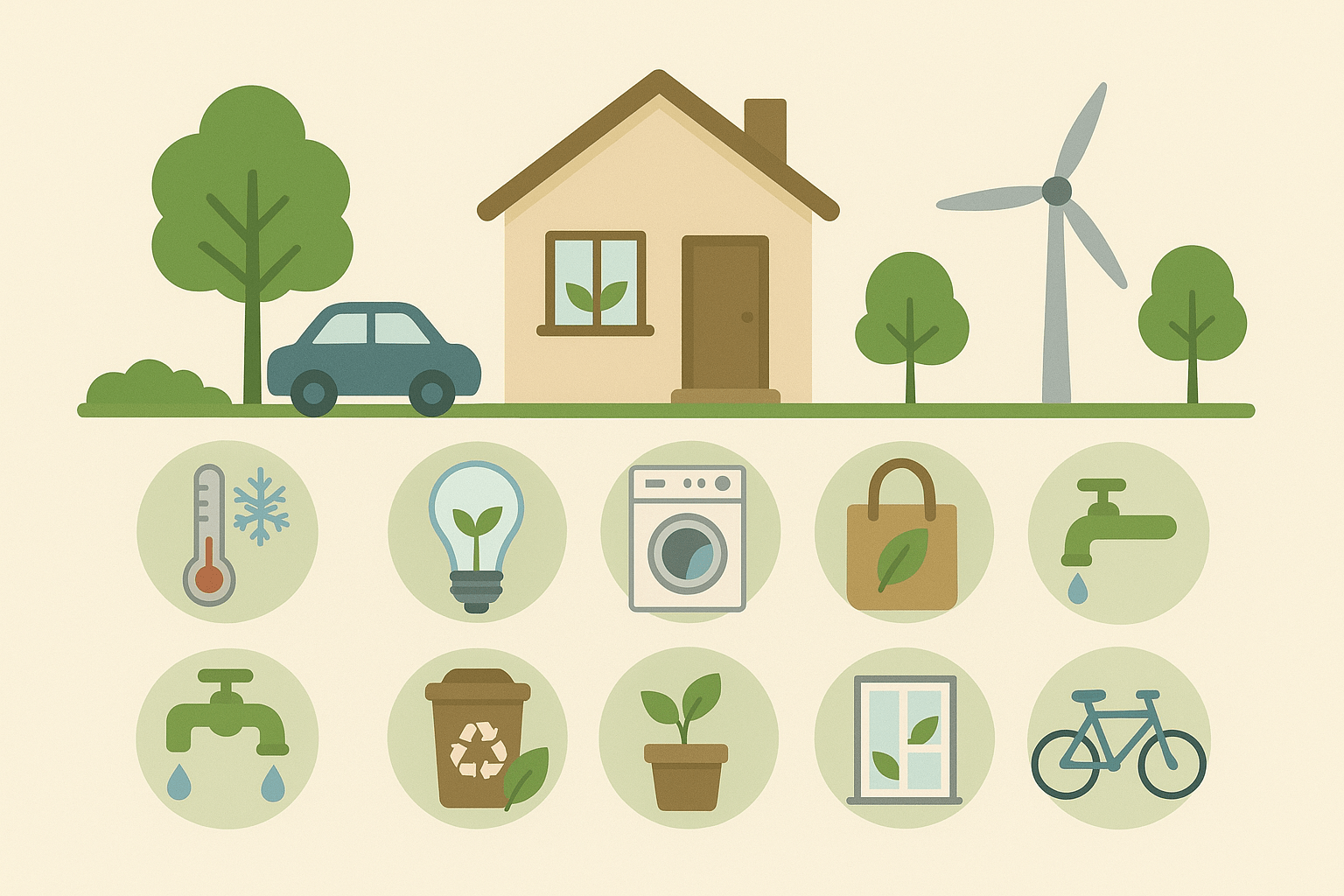Carbon pricing is a strategy to combat climate change by imposing costs on greenhouse gas emissions, encouraging a reduction in the use of coal, oil, and gas. It captures the external costs of emissions, linking them to their sources to address public expenses like healthcare, property loss, and damage to crops.
FAQs❓
1. What Is Carbon Pricing?
+Carbon pricing is a method to assign a cost to carbon emissions, aiming to reduce greenhouse gas emissions. By imposing a price on carbon dioxide (CO2), it incentivizes businesses to adopt cleaner technologies. Learn more about the mechanics of carbon pricing here.
2. What Is An Example Of Carbon Pricing?
+A prime example of carbon pricing is Sweden’s carbon tax, which is one of the highest in the world at about $130 per ton of CO2. This tax has helped Sweden reduce emissions while growing its economy. More about Sweden’s carbon tax can be found here.
3. What Is Carbon Value Pricing?
+Carbon value pricing refers to the method of pricing carbon based on its environmental cost. It takes into account the economic damages caused by CO2 emissions, such as climate change impacts. Learn more about this concept here.
4. Why Are People Against Carbon Pricing?
+Some people oppose carbon pricing due to concerns about economic impacts, particularly for industries reliant on fossil fuels. Others argue that it can disproportionately affect lower-income populations. Learn about common criticisms of carbon pricing here.
5. How Is Carbon Priced?
+Carbon can be priced through two main mechanisms: carbon taxes or cap-and-trade systems. In a carbon tax system, a set price is charged for every ton of CO2 emitted, while in a cap-and-trade system, carbon allowances are traded in a market. Find out more here.
6. How Does Carbon Credit Pricing Work?
+In a cap-and-trade system, carbon credits are issued to companies that can trade them in a market. Each credit represents one ton of CO2 emissions. The price of credits fluctuates based on demand and supply. More about carbon credit pricing here.
7. Who Decides The Carbon Price?
+Carbon pricing is typically set by governments, though it may also be determined by international bodies or carbon markets. For example, the European Union Emission Trading System (EU ETS) helps set carbon prices for participating countries. Learn more about how carbon prices are set here.
8. How To Calculate Carbon Pricing?
+To calculate carbon pricing, you multiply the amount of CO2 emitted by a tax rate (in the case of a carbon tax) or use market dynamics (in a cap-and-trade system). Learn more about carbon price calculation here.
9. Why Do We Need Carbon Pricing?
+Carbon pricing is crucial for reducing emissions and encouraging cleaner technologies. By reflecting the environmental cost of carbon, it helps drive innovation in low-carbon solutions. For more reasons behind the need for carbon pricing, read here.
10. How Does Carbon Pricing Affect The Economy?
+Carbon pricing can have both positive and negative effects on the economy. While it may raise costs for industries reliant on fossil fuels, it encourages green innovation and creates jobs in renewable sectors. For more information on the economic effects of carbon pricing, visit here.


